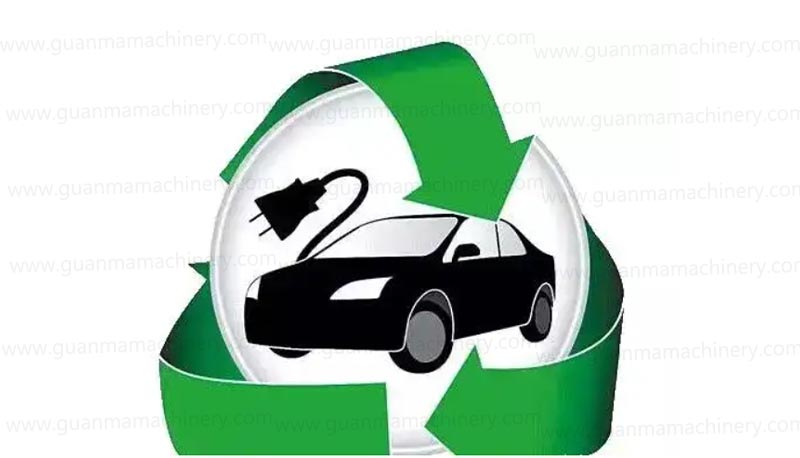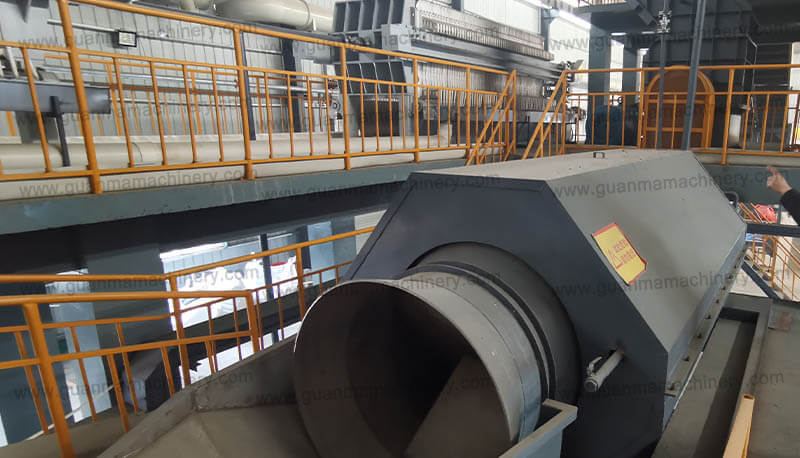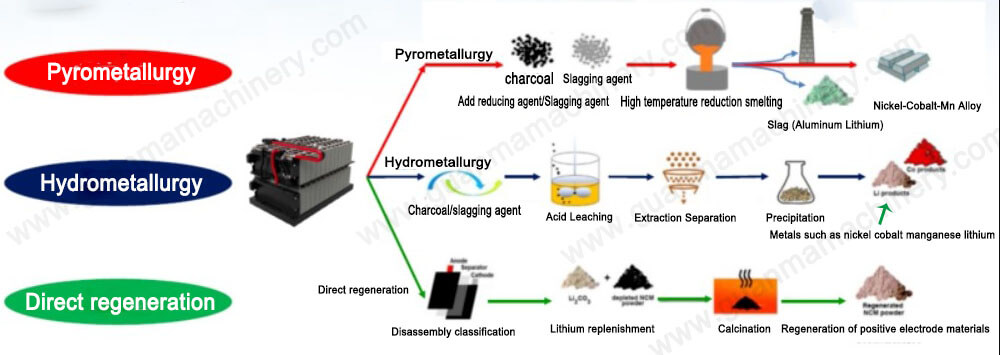The global shift toward renewable energy has made solar panels indispensable. However, with millions of panels nearing end-of-life by 2030, the solar panel recycling business is emerging as a critical—and lucrative—industry. we’ll break down how to build a successful solar recycling plant, leverage cutting-edge solar panel recycling machines, and deliver scalable solar recycling solutions to meet growing global demand.
Why Solar Panel Recycling Matters Now
Solar panels contain valuable materials like silicon, silver, and glass, but improper disposal risks environmental harm from toxic elements like lead and cadmium. Governments worldwide are tightening e-waste regulations, mandating responsible recycling. By launching a solar panel recycling business, you not only comply with these laws but also:
Recover 90%+ of reusable materials, reducing mining demand.
Tap into a market projected to exceed $2.7 billion by 2030 (source: IRENA).
Enhance corporate ESG (Environmental, Social, Governance) credentials.
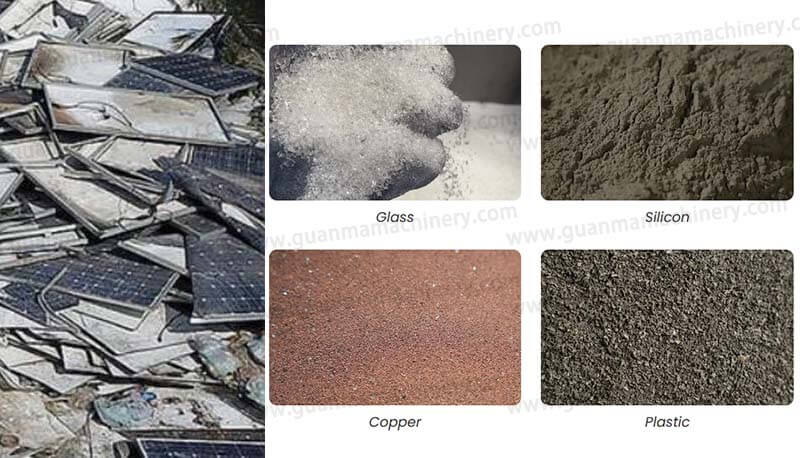
How to Start a Solar Panel Recycling Business
1. Understand the Recycling Process
A typical solar recycling plant follows these steps:
Collection & Transportation: Partner with installers, utilities, and governments to source end-of-life panels.
Dismantling: Remove aluminum frames and junction boxes manually or via automation.
Material Separation: Use solar panel recycling machines to shred panels and isolate glass, metals, and silicon through thermal, chemical, or mechanical processes.
Resale: Sell recovered materials to manufacturers or repurpose them for new panels.
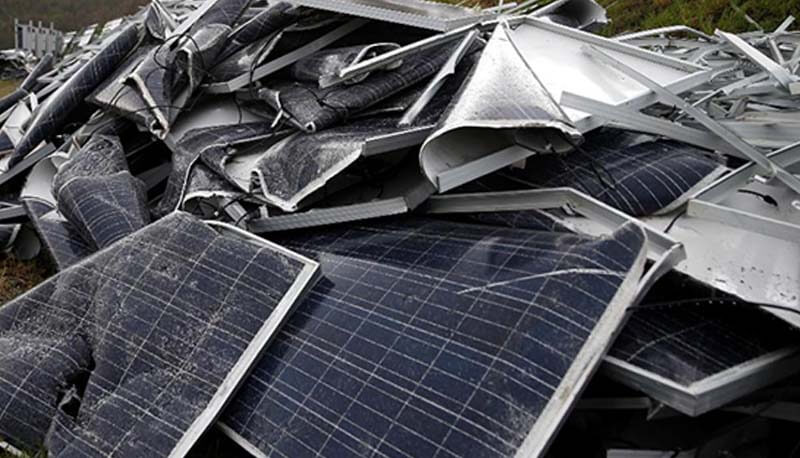
2. Invest in Advanced Technology
Efficiency is key. Modern solar panel recycling machines, such as electrostatic separators and laser-based dismantlers, maximize material recovery rates while minimizing labor costs. For example, pulsed infrared technology can delaminate panels in seconds, boosting throughput.
3. Navigate Regulatory Requirements
Compliance varies by region. In the EU, the Waste Electrical and Electronic Equipment (WEEE) Directive mandates panel recycling. In the U.S., states like Washington and California have specific e-waste laws. Partner with legal experts to secure permits and certifications early.
4. Build a Network of Partners
Collaborate with solar farms, manufacturers, and waste management firms to secure a steady supply of panels. Offering pickup services or drop-off hubs can streamline logistics.
Why Solar Recycling Solutions Are a Smart Investment
Businesses that adopt scalable solar recycling solutions gain three strategic advantages:
1. Revenue Streams: Sell reclaimed materials (e.g., silver from conductive paste fetches $20–25 per ounce).
2. Circular Economy Leadership: Position your brand as a sustainability pioneer, attracting ESG-focused investors.
3. Future-Proofing: As solar adoption grows, so will recycling demand—early movers dominate the market.
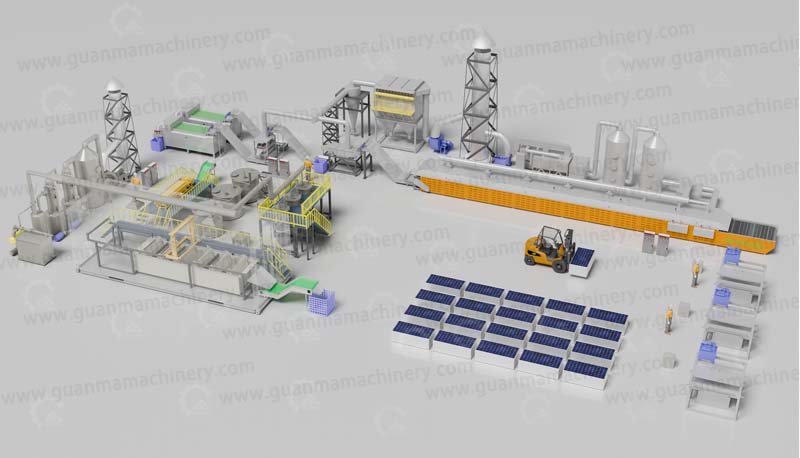
Key Equipment for Your Solar Recycling Plant
To maximize ROI, prioritize these technologies:
Shredders and Crushers: Break down panels into smaller fragments.
Thermal Processing Units: Use pyrolysis to burn off adhesives and separate glass.
Electrostatic Separators: Isolate conductive metals from shredded materials.
AI-Powered Sorting Systems: Automate material identification using machine learning.
Turn Solar Waste into Wealth
The solar panel recycling business isn’t just an environmental imperative—it’s a financially rewarding venture. By investing in a solar recycling plant, adopting efficient solar panel recycling machines, and offering tailored solar recycling solutions, you’ll unlock a resilient revenue model while driving global sustainability. Start planning today to capitalize on this green gold rush!

